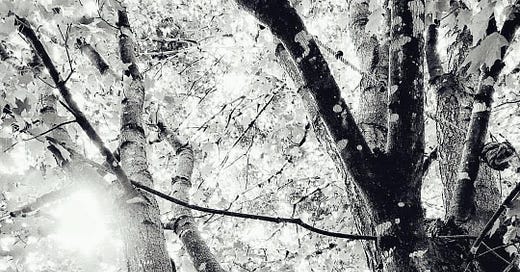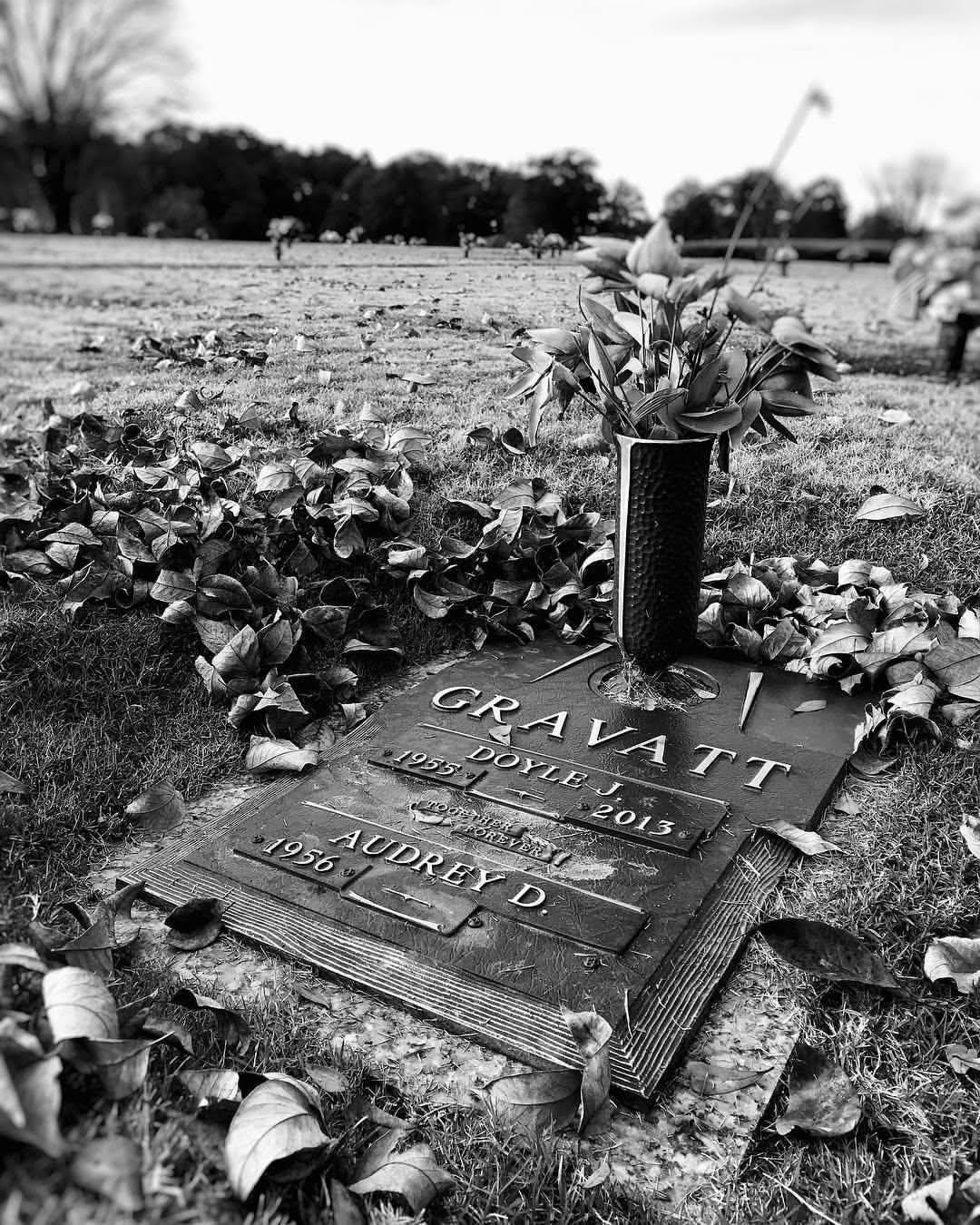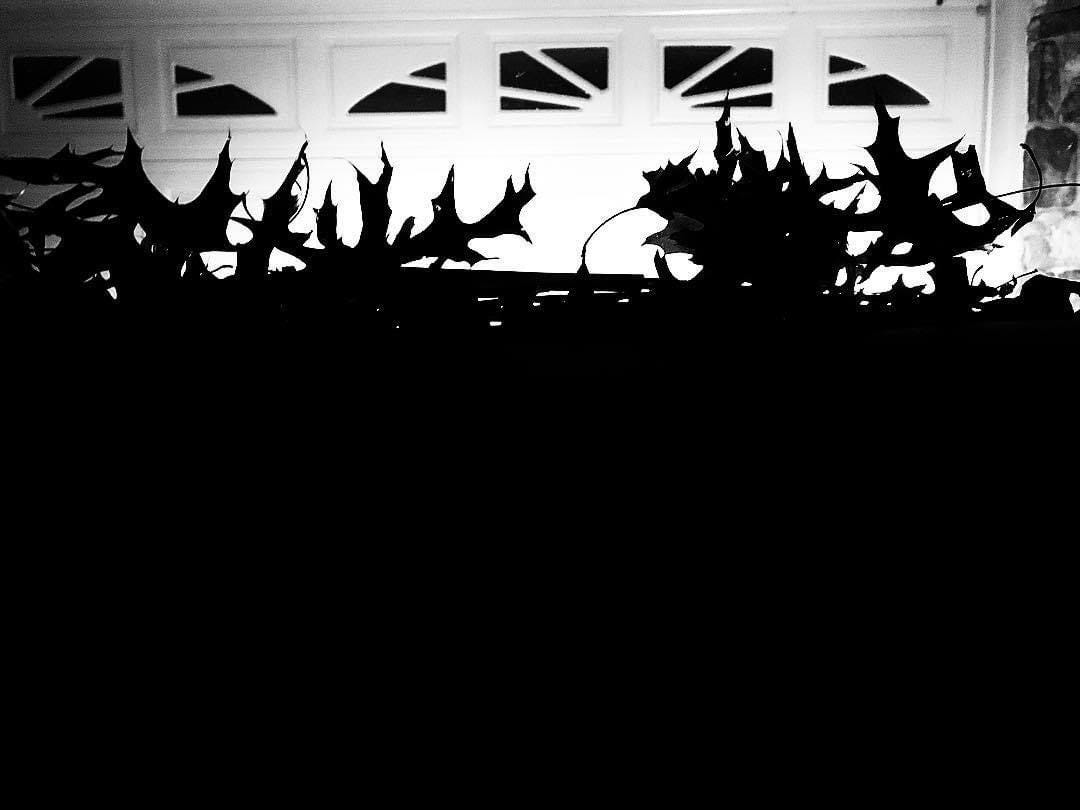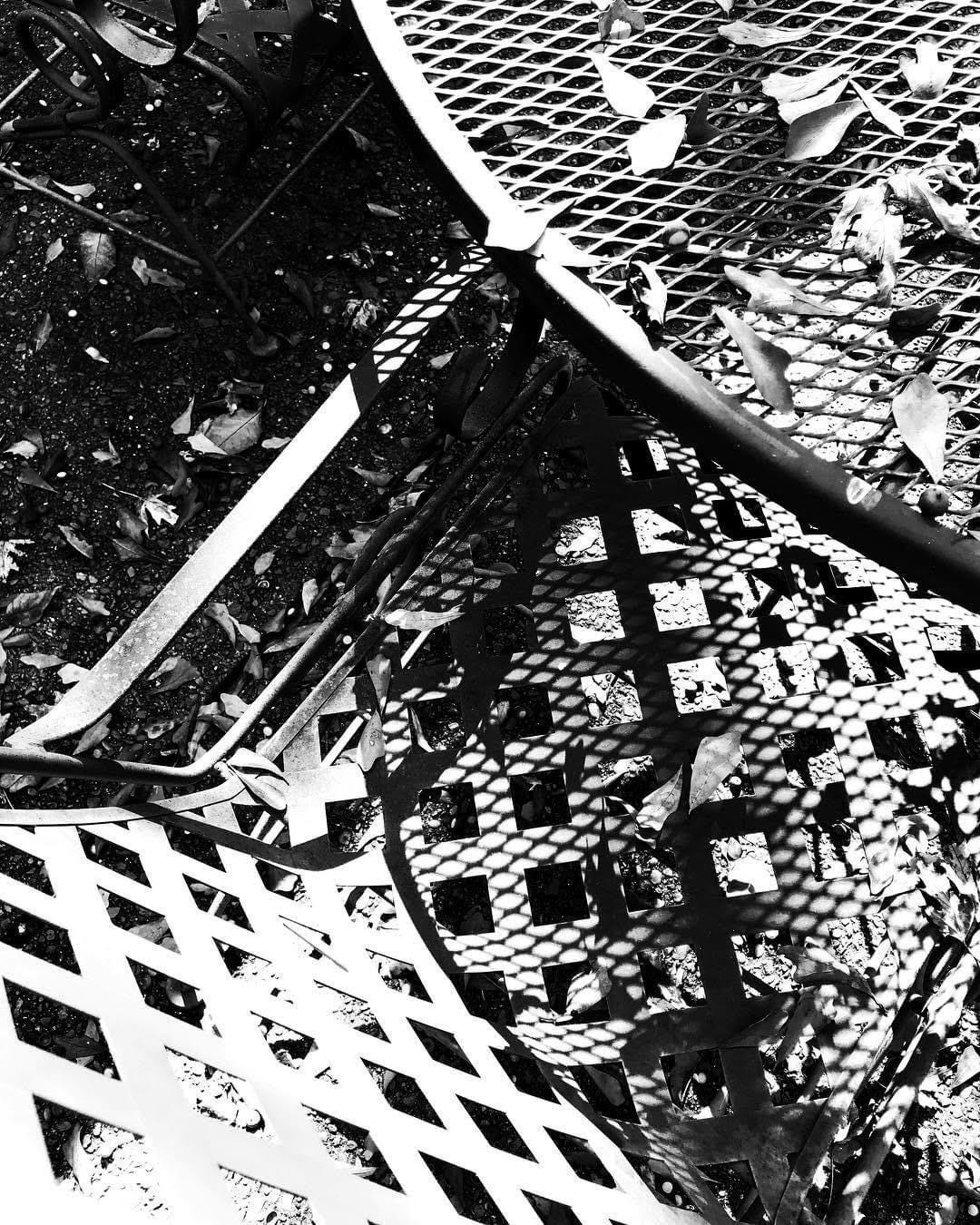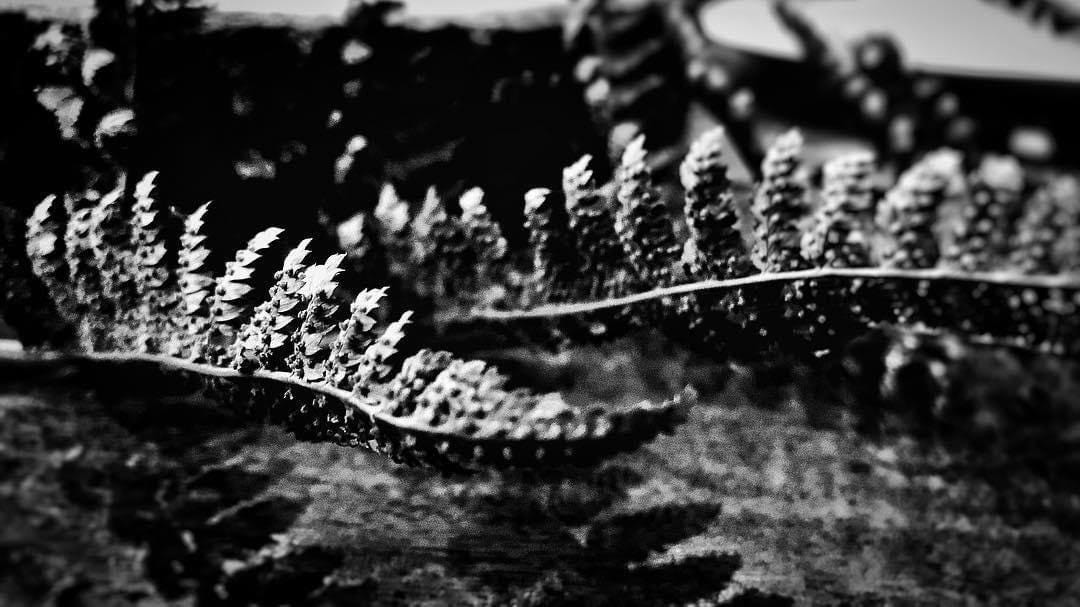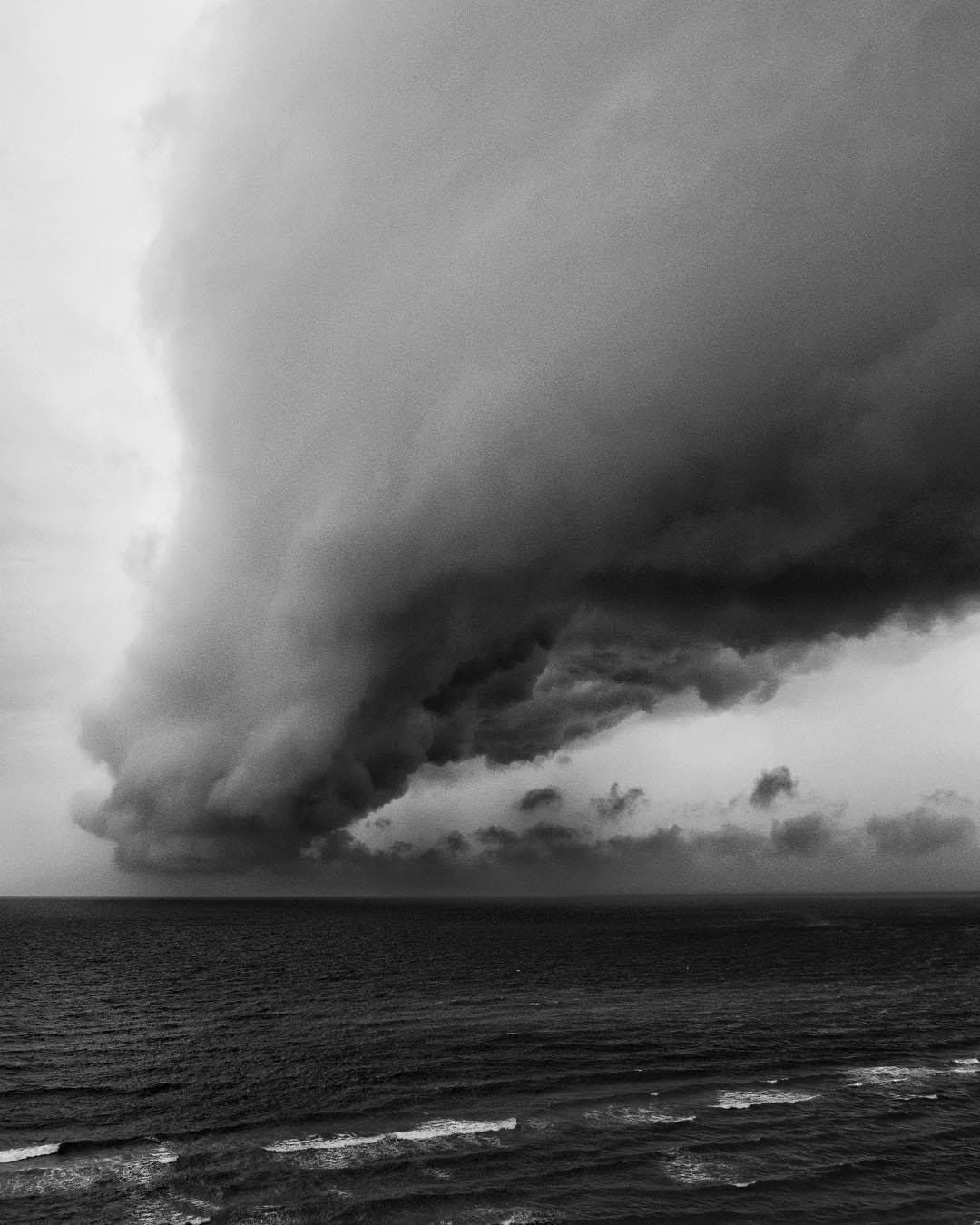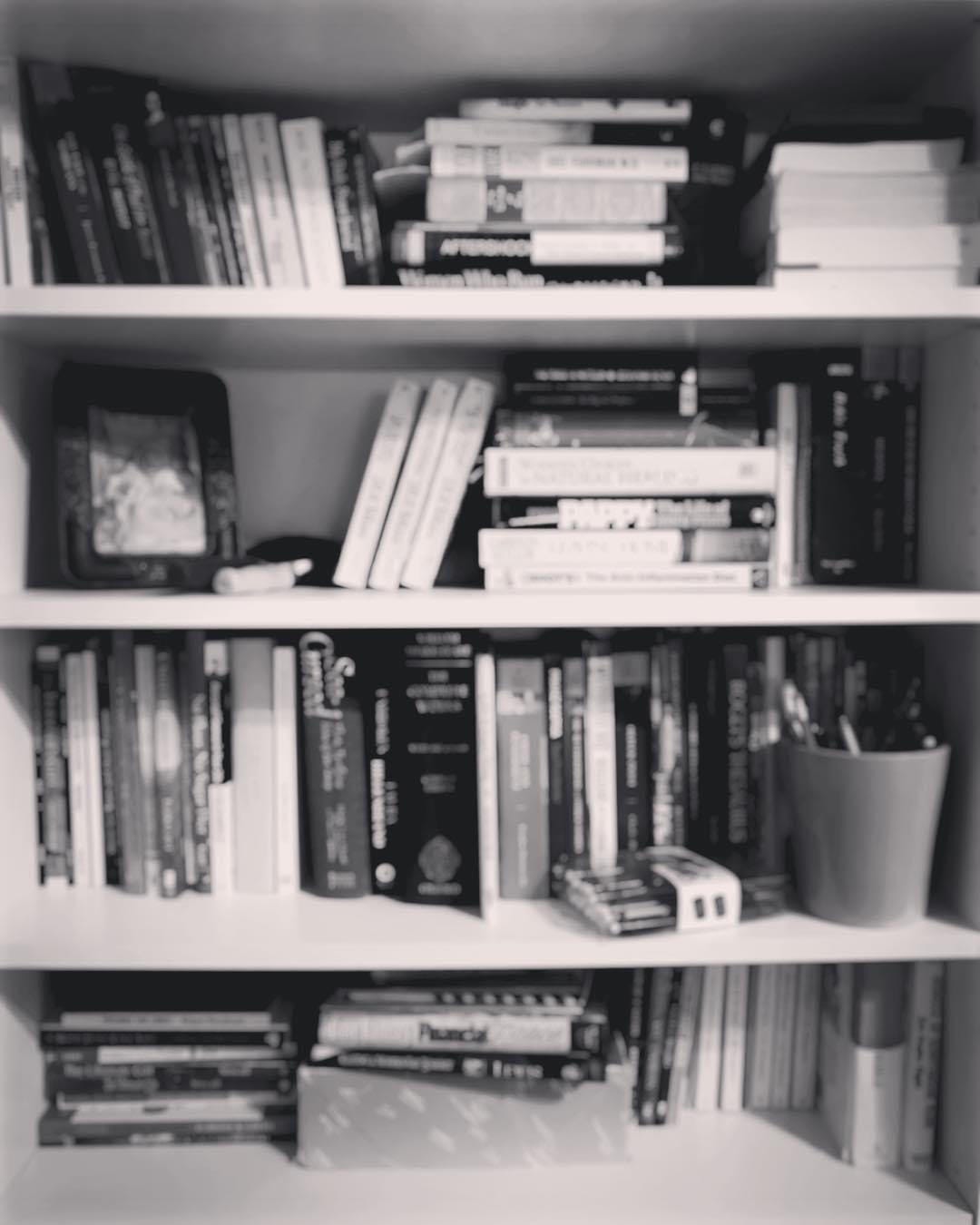Five years ago, there was one of those black and white photo challenges going around. When I decided to jump on this trend, I challenged myself to write new or use old poems to go with the photos. I posted them on Instagram and Facebook. Here are all seven of them:
The Triolet
A triolet is a poem made of eight lines with this rhyme scheme: ABaAabAB. The first line is repeated as the fourth and seventh lines (the capital As). The second line is repeated as the last line (the capital Bs).
Gently swaying branches dance with the brisk wind.
Their leaves’ clapping mimics the sound of the seas.
I climb one tree, feel the win, see treetops bend,
Gently swaying. Branches dance with the brisk wind
Following its lead gracefully to the end.
And I, wind on my face, join the dance with ease,
Gently swaying. Branches dance with the brisk wind;
Their leaves’ clapping mimics the sound of the seas.
The Nonet
A nonet is a nine-line poem. The first line has nine syllables. The second line has eight syllables; the third line has seven. Each line has one less syllable than the one before it until the last line ends with one syllable: 987654321. This poem is written from the perspective of my mother, or anyone who has lost someone they love, specifically a partner.
I have an empty space in my chest.
Where is that love I used to have?
All dressed up in a coffin
To go dwell in a grave.
My heart is buried
With the one that
Stole it—my
Love, my
Love.
The Tanka
A tanka has no rhyme scheme. But it is a five-line poem with each line having a set number of syllables: 5.7.5.7.7.
Light opposite shrouds
The thing in darkness, leaving
Full beauty unknown;
Details obscured by light and
Shadow hints at mystery.
The Pantoum
Pantoums are repetitive poems. A pantoum is made up of four-line stanzas called quatrains. Each quatrain has the rhyme scheme of abab. However, the second and fourth lines are repeated as the first and third lines of the quatrain following it. This is repeated through the final stanza, but the final stanza uses the third line of the first stanza as its second line, and the first line of the first stanza as the final line of the poem. So the overall rhyme scheme goes like this: abab bcbc cdcd dede, and so on depending on the length. The repeating lines for my poem go like this: 1234 2546 5768 7381. (I was either taught differently or misunderstood when writing this originally. I wrote the finally stanza as 7183 instead of 7381. The beauty of poetry is that it still works by switching them around.)
Repeating lines, repeating shapes
Over and over, side by side,
Simple things intricate patterns make,
When simple things are multiplied.
-
Over and over, side by side,
Linked together filling space,
When simple things are multiplied,
Patterns appear in their place.
-
Linked together filling space,
Repeating again those simple things
Patterns appear in their place;
Patterns are the world arranging.
-
Repeating again those simple things:
Simple things intricate patterns make.
Patterns are the world arranging—
Repeating lines, repeating shapes.
The Haiku
A more popular and familiar poem, the haiku is a non-rhyming poem of set lines and set syllables. Three lines with this number of syllables: 5.7.5. The haiku is a Japanese poem, traditionally with the subject of nature.
Fiddlehead, unwind
To show off all your leaflets,
You beautiful fern.
The Villanelle
Like the pantoum, the villanelle is a repetitive poem. It has stanzas made of five three-line stanzas and one four-line final stanza. The first and third lines of the first stanza are repeated alternately as the last line of the next four stanzas. In the final stanza, the repeated lines are used as the final two lines. Here is how the rhyme and repeat goes: AbC abA abC abA abC abAC. (Letters are rhyme, capitals are repeated lines.)
Once grief comes, it stays.
Like an ocean, no land in sight,
Ebbing, flowing, never dying away.
-
Breathtaking during calm days,
And devastating on stormy nights,
Once grief comes, it stays.
-
When grief first comes your way,
It rages: a storm you cannot fight,
Ebbing, flowing, never dying away.
-
Rolling waves on calm days sway,
But sudden storms join your plight;
Once grief comes, it stays.
-
When night breaks into day,
Weariness takes up grief’s fight,
Ebbing, flowing, never dying away.
-
Though the worst gives way
And calm waters fill your sight,
Once grief comes, it stays,
Ebbing, flowing, never dying away.
The Cinquain
A cinquain doesn’t need rhyme scheme, but can have it if wanted. It’s five lines of set syllables. 2.4.6.8.2.
To read
Is to explore
The tangible and the
Intangible at the same time—
Magic.
I hope you enjoyed my photo-poetry. There are many different forms of poetry and even these here have differences among time periods and countries. These are some of the poems I learned about in my college creative writing class. If you’d like more of these poetry posts, let me know in the comments. Thank you reading!

